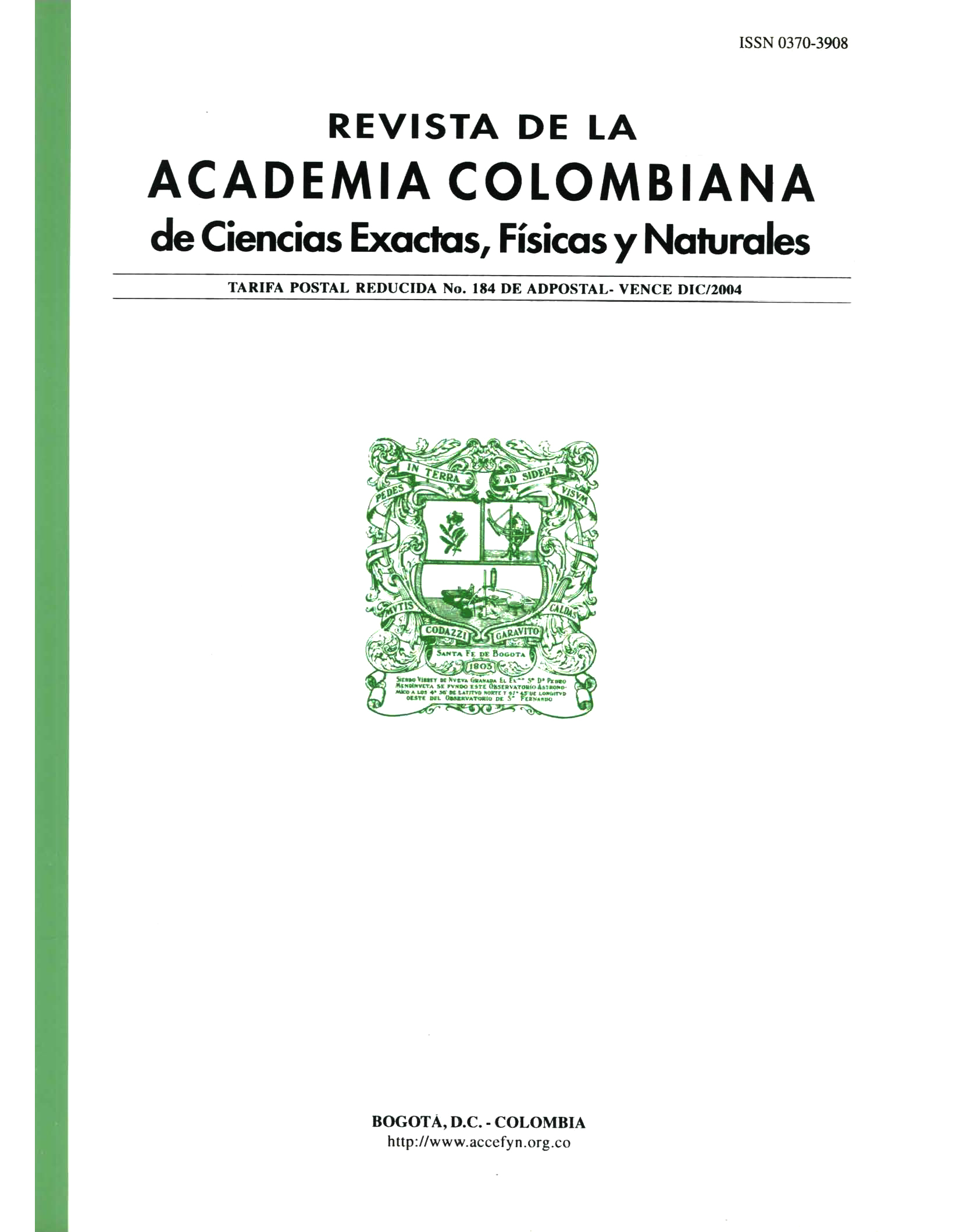Abstract
Due to its particular properties and potencial many applications, nanomaterials have been a target for research during the last two decades. In order to understand the industrial impact of the research in nanomaterials, we present a brief historical accounting of its development. Then we show its current impact in research, innovation and technology. In order to show this impact we use as variables the number of publications, patents, the amount of investment (public and private) and the number of companies, labs and research institutions that have been created during the last decades. Because of the loosely understanding we still have about their impact on living beings and the environment, governments in many countries have decided to adapt current legislation to deal with issues of health, security and ethics during its fabrication and commercialization. We also show a possible future scenario on the development of nanotechnology based of a recent workshop run by the Fundación de la Innovación, Bankinter in Spain. Finally, we show a prospective agenda for CENM in which the main strategic lines are delineated taking into account these trends in research and the industry. These strategic lines could be used to guide the development of natotechnology in Colombia in the near future.
Keywords
References
Anquetil, P. 2005. The impact of nanotechnology, Susquehanna Financial group, June 2005.
Científica, 2003. The Nanotechnology Opportunity Report.
Científica, 2005 ¿“Where has my money gone?
Coates, J. 1999. “Looking ahead: Opportunities and consequences in science and technology”, Research and Technology Management, Jan/Feb., p. 36-41.
Fecht, H., Ilgner, J. Köhler, T., Mietke, S., Werner, M. 2003. Nanotechnology Market and Company Report – Finding HiddenPearls, WMtech Center of Excellence Micro and Nanomaterials, Ulm. citado en http://cordis.europa.eu./nanotechnology
Feynman, R. P. 1959. “There is plenty of room at the bottom”, en Engineering and Science, Instituto Tecnológico de California. (También puede obtenerse una copia en la siguiente URL: http://www.zyvex.com/nanotech/feynman.html
Foresigth Institute 2000. “Foresight guidelines on molecular nanotechnology”. Revised version 3.7, en http://www.foresight.orgIguidelines
Fuller, R. B. 1979 , “Sinergetics: The Geometry of Thinking”, Macmillan, New York.
Fundación de la Innovación Bankinter 2006. “La nanotecnología: la revolución industrial del siglo XXI”, España.
Grupo ETC 2003. “De los genomas a los átomos: la inmensidad de lo mínimo”, www.etcgroup.org.
Lux Research 2004. The Nanotech Report 2004.
Lux Research 2006. Lux Research Report. Charts Shifts in Competitiveness as Winners and Losers Emerge in Nanotechnology, In: http://www.prnewswire.com/cgi-bin/stories. pl? ACCT =104&STORY=/www/story/11-03-2005/0004207937&EDATE
Mansoori, A. 2005. Principles of Nanotechnology, World Scientific Pub. Co.
Mitsubishi Research Institute 2002. Cited by Kamel, S., Promoting Japanese-style Nanotechnology Enterprises, 2002.
NSF 2001. NSF guide to programs Fiscal Year 2002 (NSF 02-03), Washington, D.C. p. 165.
Park Cirlin, E. 2004. “Overview of the Current status of Nanotechnology, Nanomaterials and their Applications”. International Technology Associates. Los Angeles, California, UKC.
Reynolds, G.H. 2001. “Environmental regulations of nanotech-nology”, ELR News and Analysis, 6-2001. [Puede descargarse desde http://www.wli.org]
Technology Partnership Energetics 2003, “Chemical industry R&D Roadmap for nanomaterial by design”; Chemical Industry Vision 2020; US. Department of Energy.
Tomson, M.M., Wiesner, J., Hughes, C. and R. Smalley 2002. “Nanomaterial fate and transport in the environment”, NSF, EEC-0118007. [Puede descargarse desde www.cnst.rice.edu/cbnen/FateAndTransport.html]
Valdés, J. 2001. “La nanotecnología y el nuevo estudio del Comité internacional de Pesas y Medidas sobre las futuras necesidades en metrología”.

This work is licensed under a Creative Commons Attribution-NonCommercial-NoDerivatives 4.0 International License.
Copyright (c) 2023 Revista de la Academia Colombiana de Ciencias Exactas, Físicas y Naturales





